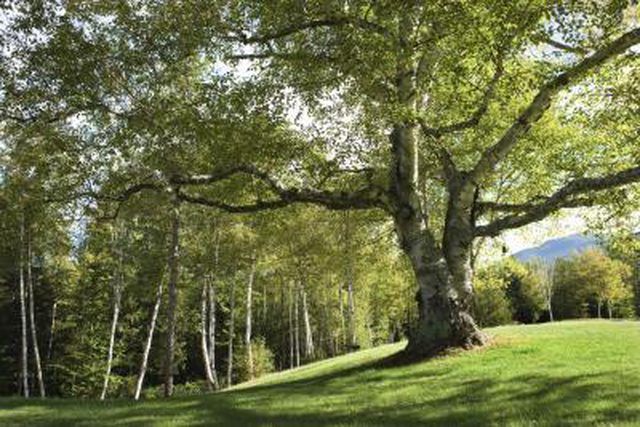Bulbs
Flower Basics
Flower Beds & Specialty Gardens
Flower Garden
Garden Furniture
Garden Gnomes
Garden Seeds
Garden Sheds
Garden Statues
Garden Tools & Supplies
Gardening Basics
Green & Organic
Groundcovers & Vines
Growing Annuals
Growing Basil
Growing Beans
Growing Berries
Growing Blueberries
Growing Cactus
Growing Corn
Growing Cotton
Growing Edibles
Growing Flowers
Growing Garlic
Growing Grapes
Growing Grass
Growing Herbs
Growing Jasmine
Growing Mint
Growing Mushrooms
Orchids
Growing Peanuts
Growing Perennials
Growing Plants
Growing Rosemary
Growing Roses
Growing Strawberries
Growing Sunflowers
Growing Thyme
Growing Tomatoes
Growing Tulips
Growing Vegetables
Herb Basics
Herb Garden
Indoor Growing
Landscaping Basics
Landscaping Patios
Landscaping Plants
Landscaping Shrubs
Landscaping Trees
Landscaping Walks & Pathways
Lawn Basics
Lawn Maintenance
Lawn Mowers
Lawn Ornaments
Lawn Planting
Lawn Tools
Outdoor Growing
Overall Landscape Planning
Pests, Weeds & Problems
Plant Basics
Rock Garden
Rose Garden
Shrubs
Soil
Specialty Gardens
Trees
Vegetable Garden
Yard Maintenance
How to Identify a Truffle
How to Identify a Truffle. There are hundreds of species of truffles. Truffle develops underground attached to the root of trees. It is associated with fungus and plants. Truffles have an alluring aroma that encourages cooks to use it in their food. People love the smell of truffles more than its bland taste. The best time to search for truffle is...

There are hundreds of species of truffles. Truffle develops underground attached to the root of trees. It is associated with fungus and plants. Truffles have an alluring aroma that encourages cooks to use it in their food. People love the smell of truffles more than its bland taste. The best time to search for truffle is during the time it fruits, which is during the fall, winter and spring. The best place to look for truffle is in forest areas.
Know the type of trees that truffle grows under. Truffle can be found below ground near chestnut, hazelnut, oak, elm, pine, willow and poplar trees. They attach to the roots of the tree. You will never find truffle under cedar or maple trees. Truffle also grows in various parts of the world such as Italy, Turkey, Croatia, France, China and North Africa.
Look for signs that truffle are under the trees. Look for a specific insect, the suillia fly. This fly lays eggs where truffles grow, above ground near the bottom of the tree. You will see the insect flying close to the ground where the truffles grow. You also can look around the tree for evidence of an animal scratching at the dirt. They may smell the aroma of the truffle, but were not successful in pulling it out. You also can clear away any litter around the tree to see if any are coming through the soil.
Notice how far down truffle can grow beneath the tree. They can grow as little as one inch below the soil to five feet deep from the base of the tree.
Feel the hard shell of truffle. All truffles have a hard shell to protect it. It can be smooth or lumpy. They are potato shaped and are no larger than golf balls. The summer truffle is one of the lightest and smallest, weighing up to 30 grams. The white truffle can weigh up to 500 grams being one of the largest.
Recognize the different coloring of truffle. White truffle is cream or light brown with white markings while the black truffle is black with white spots. Others can be reddish, yellow or beige.